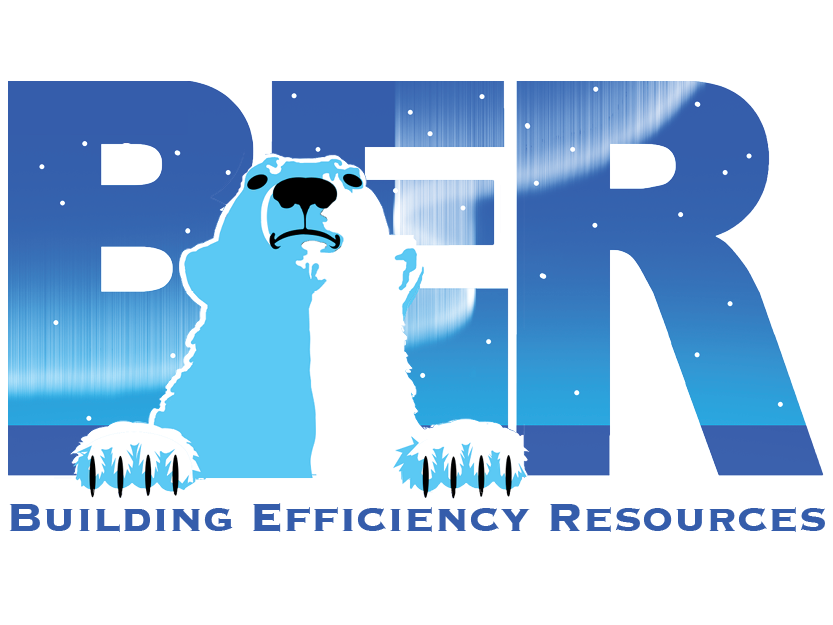Legal Risk: Ways to Reduce your Liability as a HERS Rater
By Eurihea Speciale
Every good business plan should contain a risk management plan. A risk management plan should not only identify potential risks in the market, but also risks generated from the ever increasing number of legal liabilities inherent in the modern construction industry. In today’s litigious business environment, it is increasingly important to find ways to protect your business. This is the first in a series of article from The BER that will examine various means of managing risks.
1. Agreement:
Make sure your agreements contain all elements of a legal contract and use valid, binding language. Having a good agreement can limit your liability by clearly establishing and defining the roles and responsibilities of the parties. However, your agreements must be legally binding to be able to enforce the language contained therein. The basic elements of a contract are simple: offer, acceptance and consideration. However, a contract that contains only the most basic of language may not create a legally binding or enforceable agreement. You need to include as much detail about the scope of work, expectations, roles and responsibilities as necessary to cover all bases. All agreements should be in writing and executed by both parties. They should include the entire scope of work, list specific deliverables and explain all expectations and responsibilities of both parties. This is where it is important for the Rater to specify, among other things, that it is the Rater’s responsibility to verify that the project meets the program requirements and that the outcome of the project is the builder’s responsibility. A valid contract should also specify a specific time period, or may be project specific, and incorporate performance measures. Finally, it should have specific language regarding payment; how much, when it is due, what triggers payment, timing of the payment and when additional charges may be levied. It is important to keep the language simple and clear without leaving being too ambiguous. From a pure liability perspective, the contract is your first line of defense in limiting your liability. If you find a template you want to use, or draft your own, it is important to have it reviewed by a contract law attorney that understands your business and the specific laws of your state.
2. RESNET Standard Disclosure:
RESNET Standards prohibits undisclosed conflicts of interest but allows waiver with advanced disclosure. Conflicts of interest can significantly increase your exposure to liability. Thus, RESNET Standards contains a provision that requires that all HERS rating report submittals shall include the “Home Energy Rating Standard Disclosure” form. The Standard Disclosure form is the means by which any financial interest you may have in the home you are providing rating services for are disclosed. According to RESNET, this form, “….shall be completed for each home that receives a Home Energy Rating and shall be provided to the rating client who is responsible to provide a copy to the home owner/buyer. Each form must include, at a minimum, the name of the community/subdivision and city and state where the home is located. Each form must accurately reflect the proper disclosure for the home that it is rated (i.e. it should reflect the Rater’s involvement with the home at the time the final rating is issued).” Providers are also required to verify that this requirement is being met when performing quality assurance in accordance with RESNET Standards. So, not only is up front disclosure of potential conflicts of interest a sound business practice, it is also a requirement.
Want to read more? Click here if you are already our member or Join the BER today.


